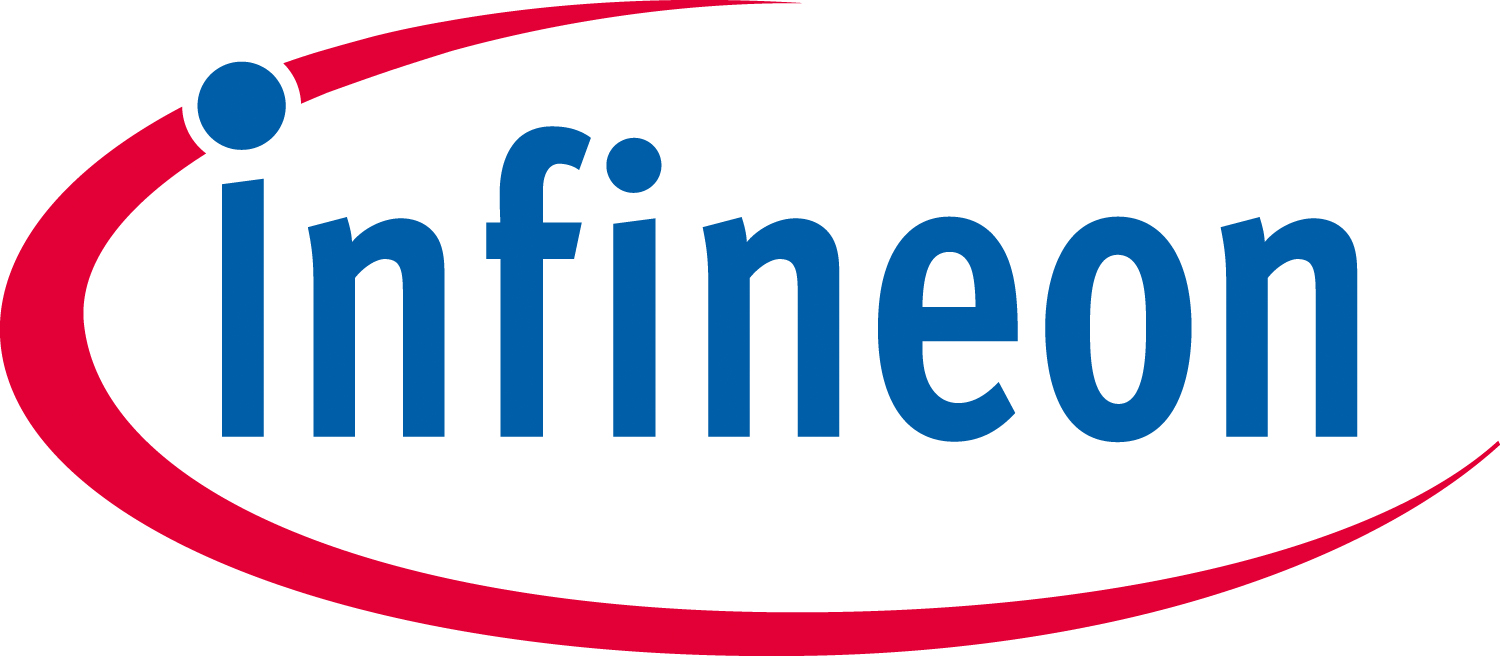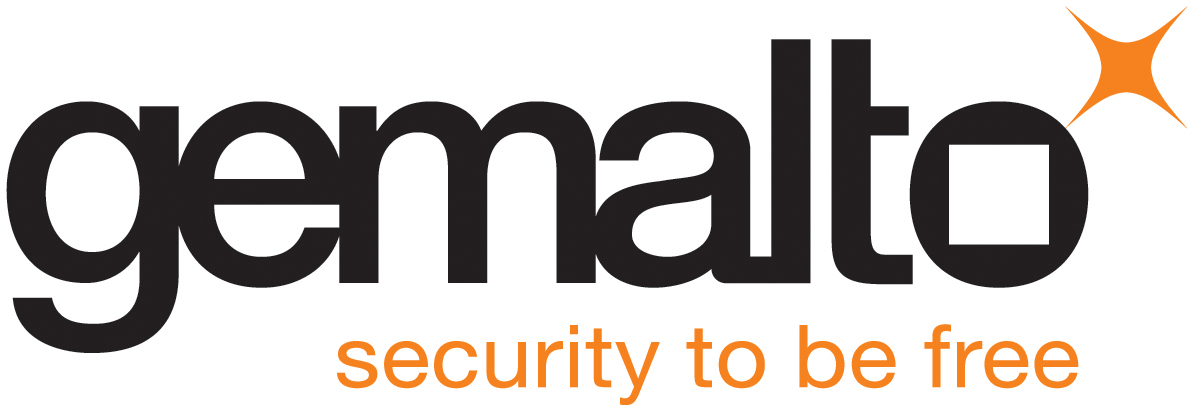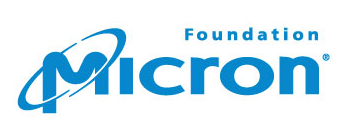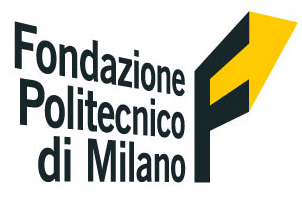Travel & Access
Lugano is best reachable by train or by air.
- By Air:
Lugano Agno (LUG) is the closest airport, only 10 km away from the center of the city. It is connected by a shuttle bus (http://shuttle-bus.com/) to the train station of Lugano, to all its central hotels, and even to private addresses. However, the shuttle operates only during daytime (until 6:30pm). Taxis are available directly in front of the airport. The airport itself is very small and serves only several destinations: Zurich, Geneve and Rome. The flight from Zurich to Lugano (with Swiss) is low and passes the Alps and is one of the most beatiful flights you can find in Europe.
Zurich airport is approx. 200 km away from Lugano, but very conveniently connected with it by frequent trains. It takes around 2.5 hours to reach Lugano from Zurich airport. Zurich airport is serving all major worldwide destinations. The train ticket to Lugano can be purchased shortly before the trip (no need to pre-book).
Milan is only 60 km away from Lugano, and is reasonably well connected with it. It has three airports: Malpensa (Terminal 1, Terminal 2), Linate, and Bergamo. Malpensa Airport has three bus shuttle companies (Giosy Tours, JetBus, and Lugano Servizi) providing connection to Lugano, resulting in about 2-3 connections every hour. It takes approx. 1 hour to reach Lugano. All lines depart from both T2 (Easyjet) and T1 (all other airlines). Check the respective websites for details on which bus bay to go to! While shuttle operators provide online reservations, you do not need to reserve a bus - simply be at the corresponding bay on time and board the bus. Important: All buses take only cash (Euros or Swiss Francs) - credit cards are not accepted!. The airports in Linate and Bergamo are not directly connected to Lugano - passengers first need to take shuttle bus to Milan City Center and then take a train to Lugano. It will take approx. 3-4 hours from Bergamo or Linate to reach Lugano. - By Train:
Lugano train station is well connected to all major cities in Europe, e.g., Rome (via Milan), Frankfurt, or Paris (both via Zurich). Using the train is not only the most convenient but also the most environmentally friendly option to reach Lugano. Trains coming from Zurich will travel through the new Gotthard Base Tunnel - the world's longest and deepest travel tunnel, completed in 2016 after 20 years of work. Sample travel times in hours and minutes: 1:15 from Milan, 2:08 from Zurich, 4:25 from Rome, 6:16 from Frankfurt, and 7:00 from Paris.
Train tickets inside Switzerland have fixed prices, there is no difference between pre-booking and getting your tickets at the vending machines. Make sure you get your ticket before boarding the train: ticket sales in the train are subject to higher fees. Tickets and schedules are available at http://www.sbb.ch/. If you are planning to travel a lot inside Switzerland by train, it might be worth getting a travel pass (e.g., Swiss Travel Pass or the "Half-Fare Travel card") - see https://www.swiss-pass.ch/. - By Car: We strongly advise against traveling to Lugano by car. If you are coming from Zurich, the Gotthard road tunnel is often a major bottleneck, with traffic jams of several hours each weekend. From Milan, the border at Como-Chiasso will often result in long waiting lines. Plus: once in Lugano, finding parking is difficult and expensive. You do not need a car in Lugano: the symposium venue (i.e., the University) is a 10-minute walk from the city center and most hotels. An efficient and frequent bus service connects all parts of the city (especially all recommended hotels and the University). Trains are connecting Lugano with surrounding cities, villages and attractions. However, if you want a rental car, both the airport and the train station feature a number of rental agencies.








